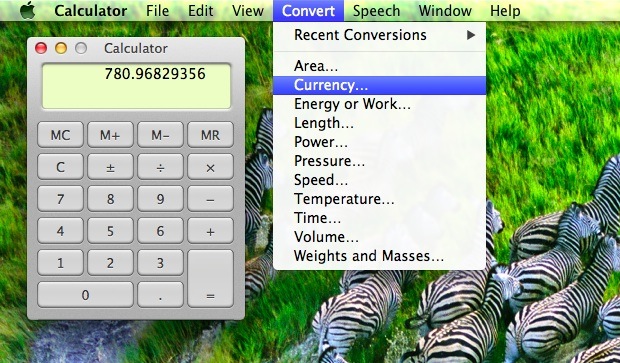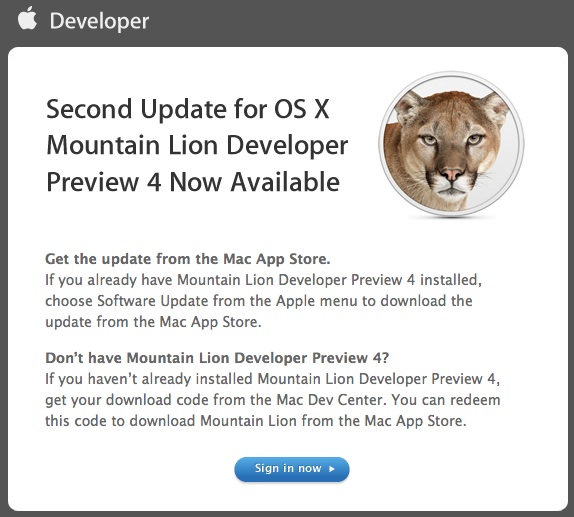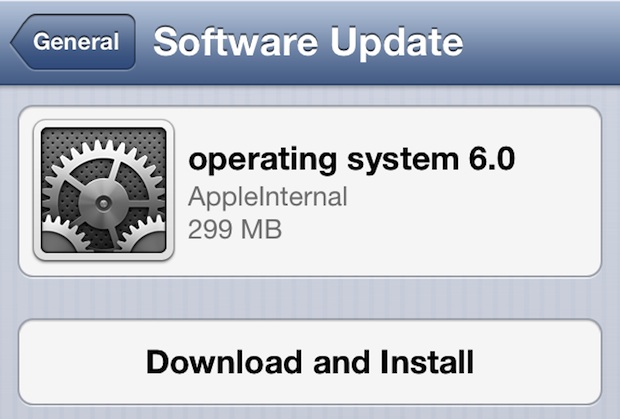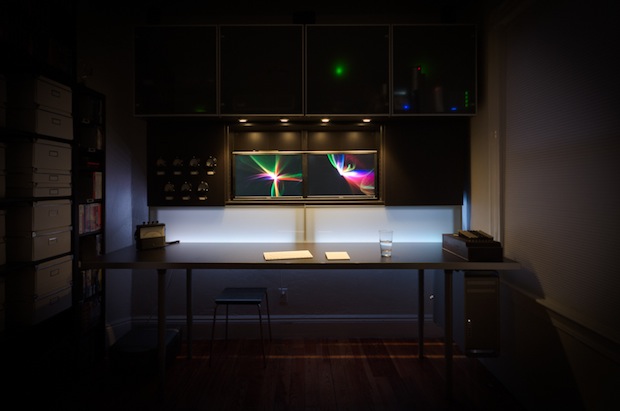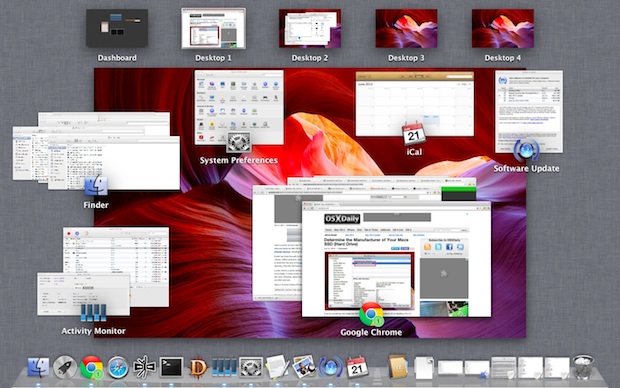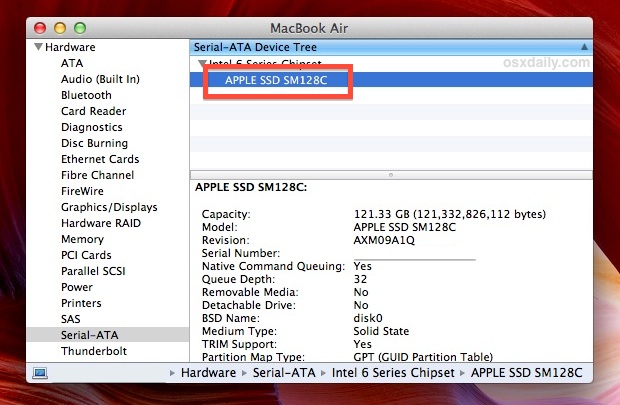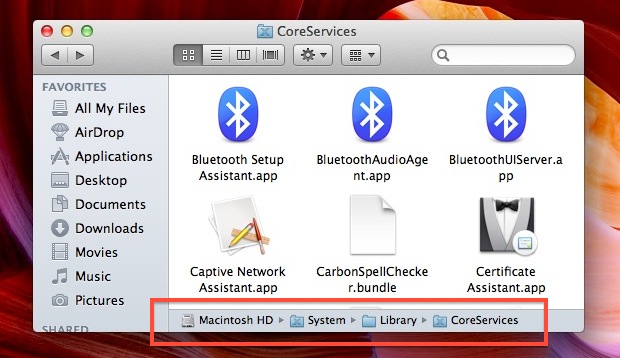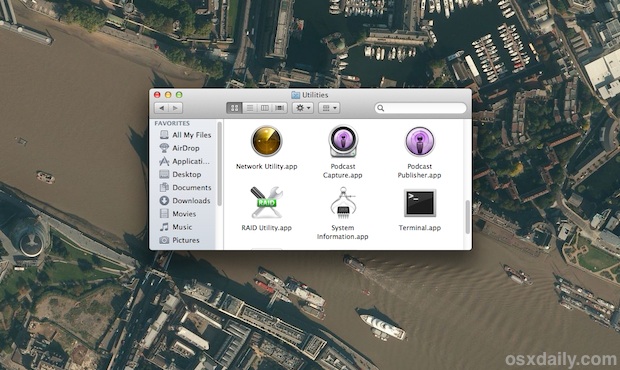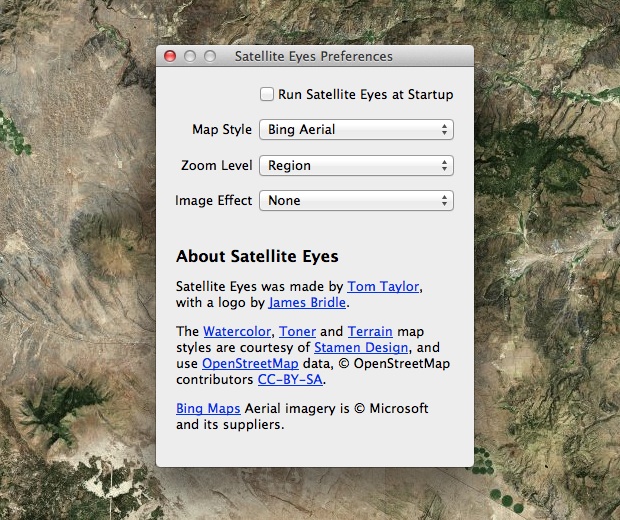Battery Life on MacBook Air (2012) is Better Than Advertised
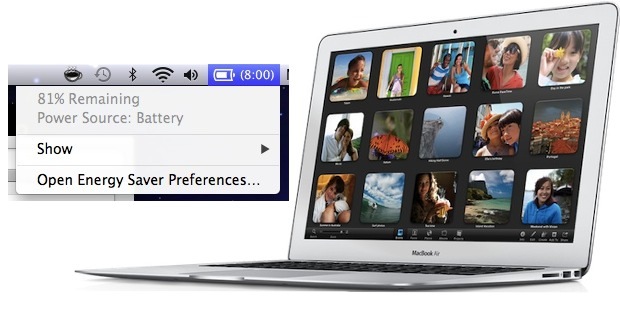
Apple advertises the MacBook Air (mid-2012) battery as lasting “up to 7 hours”, but we’re pleased to report that Apple’s marketing is understating that number by as much as an hour and a half. In our (admittedly unscientific) tests based on real-world use case scenarios, the battery life on the new MacBook Air is simply phenomenal, and we were able to get 8:25 out of the 13″ model while doing tasks that could be considered typical of an average computer user. Here are various reported samplings from the 2012 MacBook Air 13″:
- 8:25 – screen at 40% brightness, keyboard backlighting on 50% brightness, light web browsing with Safari (no Flash plug-in installed), and text-based work in TextWrangler and Pages
- 6:45 – screen at 70% brightness, otherwise same as above
- 5:33 – screen at 80% brightness, keyboard backlighting on full brightness, heavy app usage
- 4:15 – screen at 100% brightness, keyboard backlighting on full brightness, heavy app usage with tons of apps open including Chrome (with Flash) open with about 25 browser tabs, image editing in Pixelmator, using 6GB of RAM, while driving an external 22″ display
- 3:40 – screen at 80% brightness, reasonable app usage, heavy wi-fi usage downloading 16GB sustained at 1.2mb/sec
Having a computer last over 8 hours while actually doing work is simply phenomenal, if your daily activities are mostly web or text centric – be it research, writing, web browsing, or even development – you’d do quite well in the battery department with the 2012 MacBook Air models. There is no performance sacrifice either, these are still the fastest MacBook Air models ever made.
The lowest end number deserves some notice too however, and what seems to impact battery life the most is not the brightness of the screen, but rather sustained heavy wireless internet usage. Downloading a large file over wi-fi plunged the expected battery life dramatically, even with screen brightness reduced. This is something we weren’t able to replicate as dramatically on 2010 and 2011 models, but we have experienced it on two different new models (one base model, another upgraded with 8GB RAM). As far as we can tell the wi-fi hardware is the same as the 2011 models, so this is an interesting discrepancy that is not fully understood.
In all, battery life on the new MacBook Air is as good as it gets on an ultra-portable laptop and represents a nice improvement over the previous generations. If you’ve done any independent battery testing yourself, let us know how long your MacBook Air lasts in the comments.



